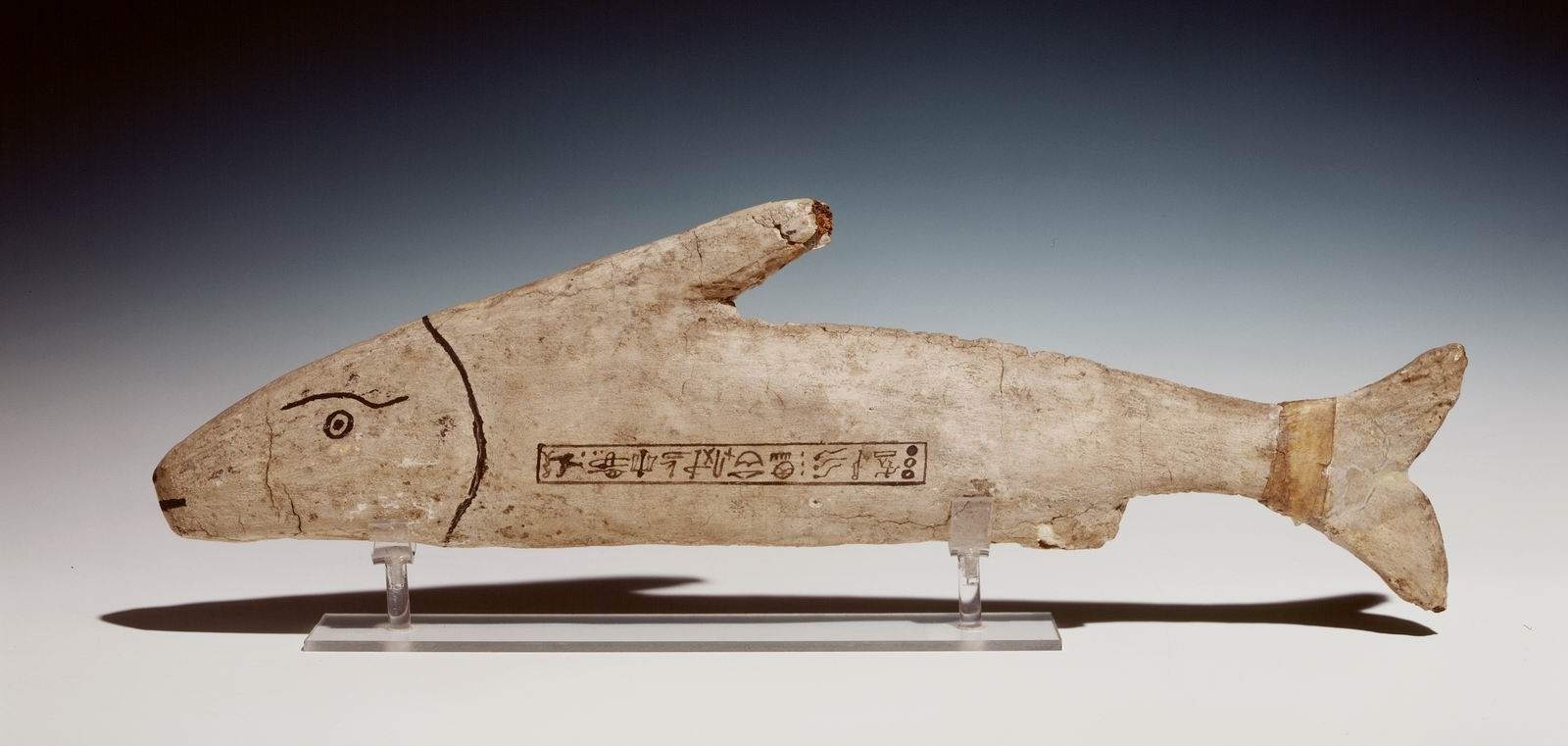Mummiehouder voor een vis
Sommige vissen werden verbonden met vruchtbaarheid en wedergeboorte. De tekst op deze mummiehouder associeert deze vis met het dodengericht.
Details
Afmetingen: 48,5 x 3,7 x 13 cm
Materiaal: cartonnage; organisch ; mummie (dierlijk) ; linnen ; polychromie
Periode: Grieks-Romeinse Periode 332 v.Chr.-395 n.Chr.
Vindplaats: Egypte
Verwerving: aankoop 1826 juli
Inventarisnummer: L.XII.6
